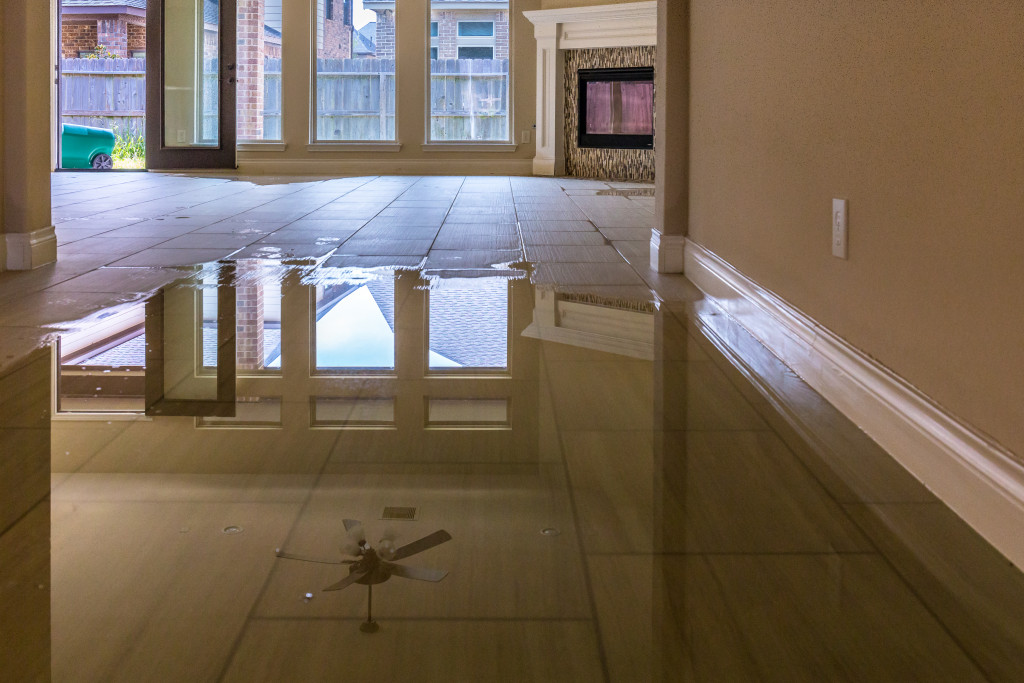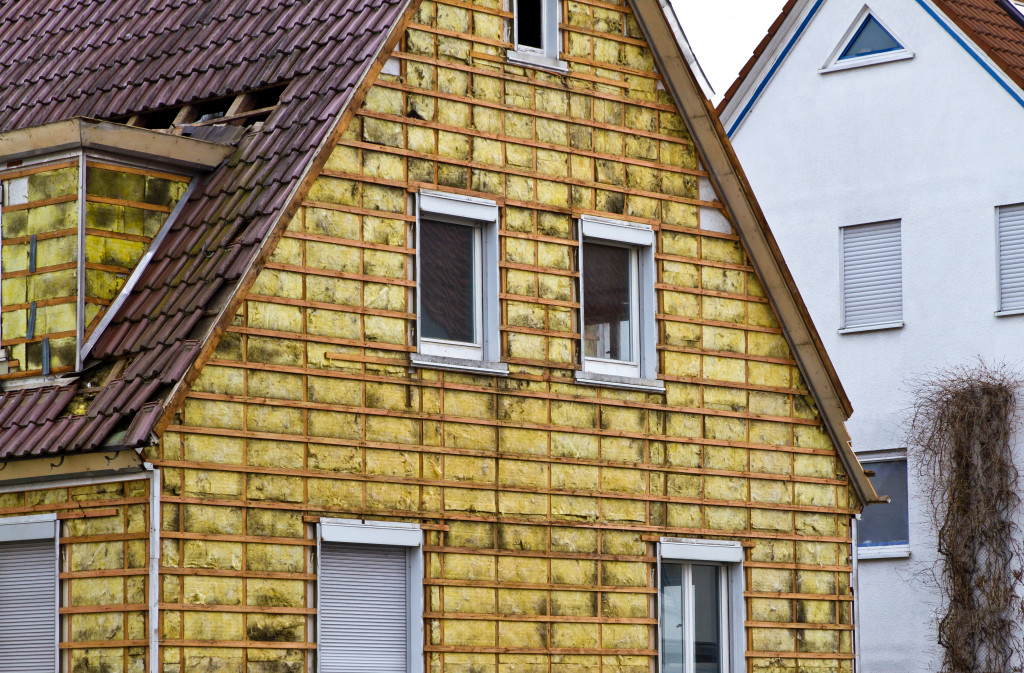Identifying depreciation in your home can save you time and money. When it comes to the value of your home, even the slightest signs of deterioration can significantly impact market value.
The term depreciation means decreased value due to age or wear and tear. In the case of a home, depreciation can come from many sources, such as age, weather, general maintenance, and other external factors. It’s good to consider that most properties will depreciate at 3% every 27 years. But how does that look in your home? Keep an eye out for these signs of depreciation so that you can address them before they become more significant problems.
Structural Damage
The foundation is one of the most ethe essential of any home. If there is structural damage, such as cracks or warping, this can indicate that there is a more serious issue to be addressed. If left untreated, structural damage can lead to further deterioration that could affect the safety and stability of your home. Additionally, if you are trying to sell your house, structural damage may turn off potential buyers and reduce the selling price of your property.
Water Damage
Water damage is another indicator that something is not right with your home. Water stains on ceilings or walls, warped flooring due to moisture retention, and mold growth are all signs that water has been in your home for an extended period. Water damage can be caused by various factors, including plumbing issues or improper ventilation; it needs to be addressed quickly before further degradation occurs. Here are ways to ensure that water damage doesn’t get out of control in your household.
Replace Pipes
Pipes are one of the most common sources of water damage. Over time, lines may become corroded or develop leaks. This can cause significant damage if not addressed quickly. Therefore, it is vital to regularly check all the plumbing in your home and replace any leaking or damaged pipes to prevent water from entering your home, leading to potentially catastrophic consequences.
Keep the Bathroom Dry
Water damage can result from improper ventilation in the bathroom. Ensure that you have an adequate ventilation system installed and check it regularly to ensure no moisture is getting into your home from steam or condensation. Additionally, use a dehumidifier to help dry out any wet areas quickly and thoroughly.

Roof Damage
The roof of your house is exposed to a lot of wear and tear over time due to its exposure to the elements. Poorly maintained roofs can eventually lead to leaks that cause water damage and other costly repairs. Therefore, it’s essential to inspect your roof regularly for missing shingles or other signs of wear and tear so that you can address any problems early on before they become more significant issues. Know that roof replacement can cost as much as $8,000, making it one of the most expensive renovation options. Here are some ways to ensure that your roof stays in tip-top shape for years to come:
Get it Inspected Annually
YouA professional should inspect your roof once a year to ensure it’s in good condition. During the inspection, your roofer can spot any potential problems and recommend repairs or replacements before they become serious issues.
Clean Your Gutters Regularly
Your gutters are an essential part of your overall roof maintenance routine. Clogged gutters can lead to water backing up and pooling on your roof, which can cause extensive damage over time. Additionally, clogged gutters can create a breeding ground for pests like mosquitoes and rats. Make sure you regularly clean out your gutters to keep them functioning correctly.
Replace Flashing
Flashing is the metal strips that line the edges of your roof and help direct water away from vulnerable areas. Over time, flashing can wear out and deteriorate, leaving vulnerabilities in your roof that can lead to leaks or even collapse. If you notice any signs of wear on your flashing, it’s crucial to replace them right away before further damage is done.
Ceiling Damage
Your ceiling is another area of your home vulnerable to water damage. If you notice any signs of discoloration, warping, or staining in your ceiling, this could indicate an underlying issue that needs to be addressed. Additionally, if your ceiling is sagging or cracking, this can mean severe structural problems and should be addressed immediately. If you want a roof built to last, consider installing a robust PVC panel design ceiling. PVC ceilings are durable and resistant to water damage, making them ideal for any climate. They can save you a lot of money in the long run.
Identifying depreciation in your home is essential if you want to maintain its value over time. These are all common indicators that something needs attention for it not only look good but also function correctly within the confines of safety regulations. So stay ahead by looking out for these signs! If you identify any potential problems early on, you might save yourself some headaches (and cash!) down the road!


